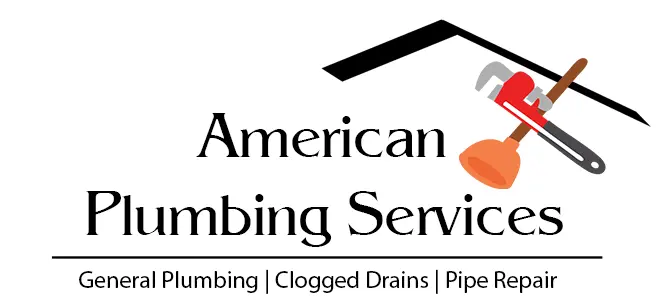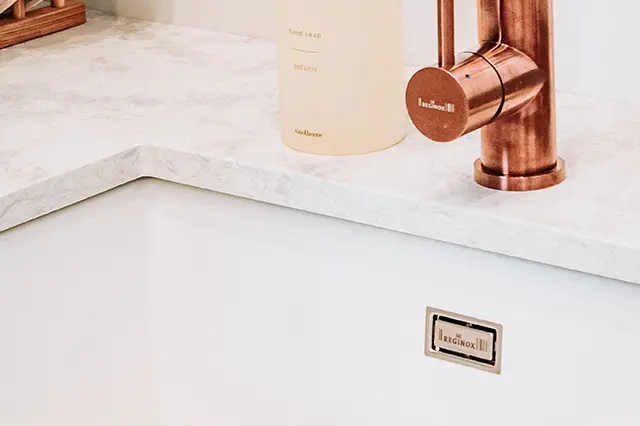
How To Fix A Leaky Kitchen Sink – Step-By-Step Guide
Nothing is more frustrating than a kitchen sink that won’t drain. Not only does it mean you can’t use the sink, but it’s also causing water to pool up and make a mess. Thankfully, fixing a leaky kitchen sink is relatively simple and easy. In this article, we’ll walk you through a step-by-step guide of how to fix a leaky kitchen sink in just a few short steps. From understanding the different parts involved to learning the right tools for the job, you’ll have your kitchen sink operating like new in no time!
Materials Needed
If your kitchen sink is leaking, don’t panic! With a few simple tools and a little bit of know-how, you can fix that leaky sink in no time.
Here’s what you’ll need to fix a leaky kitchen sink:
-A Phillips head screwdriver
-A hammer
-Pliers
-A putty knife or caulk gun (optional)
-New parts (as needed) – Check your local hardware store for the specific parts you’ll need for your sink.
With these tools in hand, follow the steps below to fix that leaky kitchen sink once and for all!
Step One: Removing The Sink Stopper
If your kitchen sink is leaking, the first step is to remove the sink stopper. To do this, locate the knob or lever on the side of the sink and turn it counterclockwise to loosen. You may need to use a pair of pliers to get a good grip. Once the knob or lever is loose, pull it up and out to remove the stopper. If there is any water left in the sink, be sure to drain it before proceeding to the next step.
Step Two: Checking The P-Trap
If your sink has a p-trap, check to see if it is loose or needs to be replaced. The p-trap is the curved portion of the pipe that connects the sink to the drain. To check the p-trap, remove the plug from the drain and look inside. If you see water leaking from the p-trap, tighten the nuts that secure it to the sink and drain. If the leak persists, you will need to replace the p-trap.
Step Three: Cleaning The Drain Lines
If your drain lines are full of grease, soap scum, or hair, it’s time to give them a good cleaning. The best way to do this is to use a product specifically designed for cleaning drain lines. You can find these products at most hardware stores or online.
Once you have your cleaner, follow the instructions on the package. Usually, you will need to pour the cleaner into the drain line and let it sit for a while before flushing it with hot water. Be sure to read the instructions carefully so that you don’t damage your pipes.
Step Four: Reassembling Everything
Now that you have all of the parts replaced, it is time to start putting your sink back together. Begin by attaching the new faucet to the sink. Make sure that it is tightened securely so that there are no more leaks. Then, attach the supply lines to the water supply valves and turn them on slowly to make sure that there are no leaks. Finally, put the drain assembly back in place and tighten everything down.
Tips For Preventing Future Leaks
1. Check the seals around your sink and faucet for any cracks or damage. If you find any, replace them immediately.
2. Make sure your sink is properly installed and tight against the countertop.
3. If your sink has a garbage disposal, check to make sure the connection between the disposal and sink isn’t loose.
4. Inspect the P-trap underneath your sink for any leaks. If there are any, tighten the connections or replace the P-trap.
5. Run water through your faucet regularly to check for any leaks at the base of the faucet.
When To Call A Plumber
When it comes to fixing a leaky kitchen sink, there are a few things you can try before calling a plumber. If your sink is leaking from the faucet, you may be able to fix it yourself by replacing the washer or tightening the packing nut. If the leak is coming from the drain, you may be able to fix it by tightening the P-trap. If your sink is still leaking after trying these fixes, then it’s time to call a plumber.
Conclusion
Fixing a leaky kitchen sink is not as daunting as it may seem. With the help of this step-by-step guide, you should be able to easily fix any issue that you encounter with your kitchen sink. If however, the problem persists, call in a professional plumber who has more knowledge and experience dealing with plumbing issues. Remember that prevention is always better than cure so make sure to regularly maintain your kitchen appliances and faucets!
